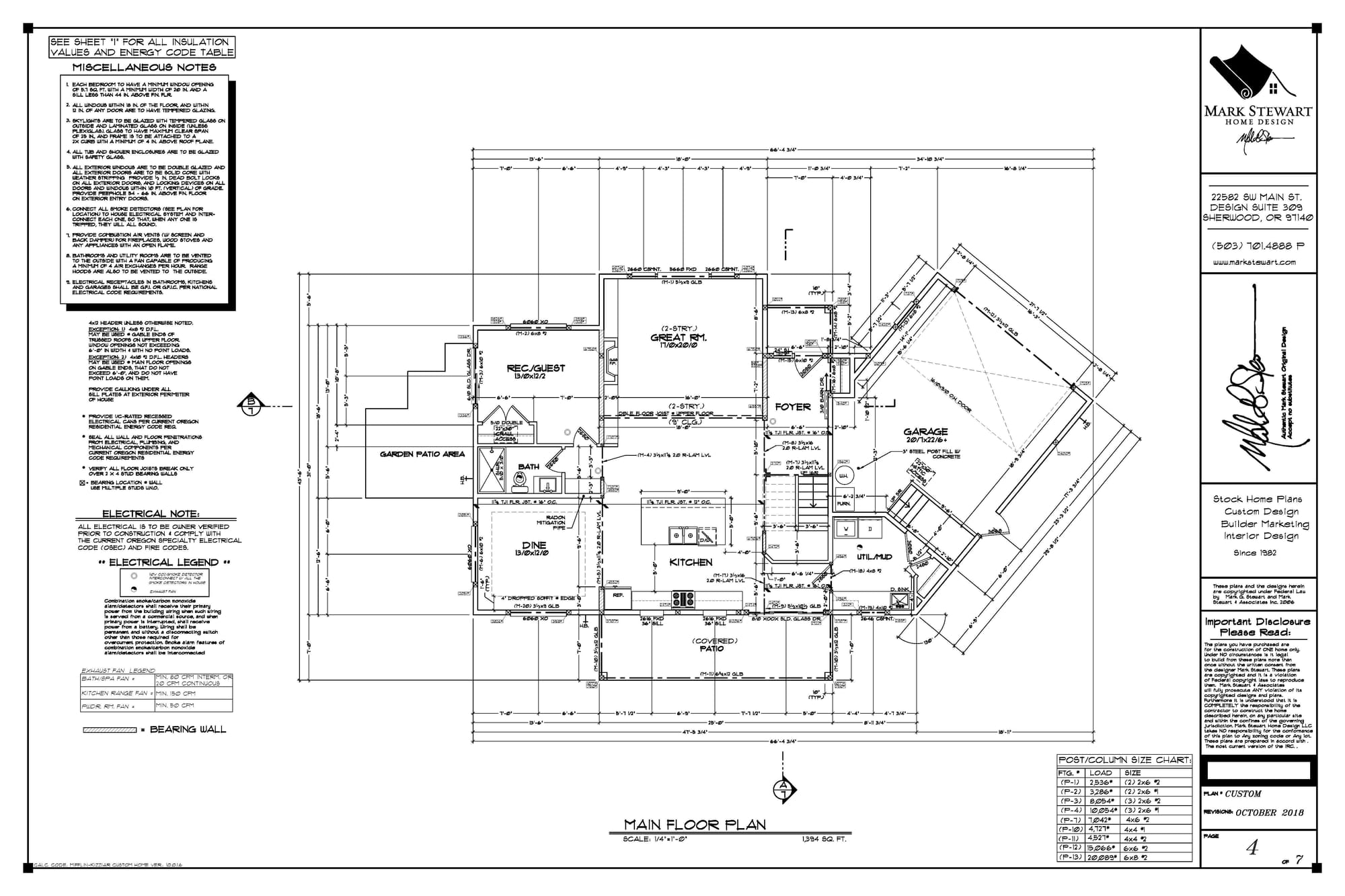Meditation Discovery


Meditation is a practice that involves training the mind to achieve a state of focused attention, heightened awareness, and often, a deep sense of relaxation. It has been an integral part of various spiritual, religious, and contemplative traditions for thousands of years. While meditation may be associated with spiritual or religious practices, many people also engage in secular forms of meditation for its numerous mental, emotional, and physical benefits.
Here are some key aspects of meditation:
- Mindfulness:
- Mindfulness is a central element of many meditation practices. It involves paying attention to the present moment without judgment. By cultivating mindfulness, individuals aim to become more aware of their thoughts, feelings, sensations, and the environment.
- Focused Attention:
- Many meditation techniques involve focusing attention on a specific object, thought, breath, or mantra. This helps train the mind to stay present and reduces distraction.
- Breath Awareness:
- A common meditation technique involves observing the breath. Focusing on the breath helps bring attention to the present moment and can be a simple yet powerful anchor for the mind.
- Body Scan:
- Some meditation practices involve a body scan, where individuals systematically bring awareness to different parts of the body. This promotes relaxation and a heightened sense of bodily awareness.
- Loving-Kindness (Metta) Meditation:
- In Metta meditation, practitioners cultivate feelings of love and compassion. This involves directing positive intentions and well-wishes towards oneself and others.
- Transcendental Meditation:
- This technique involves silently repeating a mantra, a specific sound or word, to achieve a state of restful awareness. It aims to promote a deep sense of inner calm.
- Zen Meditation (Zazen):
- Zen meditation is a form of seated meditation associated with Zen Buddhism. It typically involves sitting in a specific posture, focusing on the breath, and observing thoughts without attachment.
- Guided Meditation:
- In guided meditation, a facilitator or recording provides verbal guidance, leading participants through visualizations, affirmations, or relaxation exercises.
- Movement-Based Meditation:
- Practices such as Tai Chi and Qigong incorporate meditative movement, combining physical activity with mindful awareness.
- Open Monitoring:
- This form of meditation involves open awareness, where practitioners observe thoughts and sensations without attachment. It promotes a non-reactive and accepting attitude toward whatever arises.
The benefits of meditation can include stress reduction, improved focus and concentration, enhanced emotional well-being, and a greater sense of inner peace. It's important to note that meditation is a skill that develops with regular practice, and there are various approaches to suit different preferences and goals.

History of meditation
Meditation has a long and diverse history, with roots in various cultures and religious traditions. The practice of meditation can be traced back thousands of years, and it has evolved over time. Here's an overview of the history of meditation:
- Prehistoric Origins:
- The origins of meditation can be challenging to pinpoint precisely, but evidence suggests that early humans engaged in contemplative and ritualistic practices that resemble aspects of meditation. Cave paintings and artifacts from ancient civilizations depict individuals in postures associated with meditation.
- Vedic Traditions (1500–500 BCE):
- The ancient Indian scriptures known as the Vedas, dating back to around 1500 BCE, contain references to meditation. The Vedic tradition gave rise to various meditation techniques, including those found in early yogic practices.
- Early Yogic Practices (1500–500 BCE):
- The development of yoga, which encompasses physical postures, breath control (pranayama), and meditation, is rooted in ancient Indian traditions. The Upanishads, a collection of philosophical texts, further explore the nature of the self and meditative practices.
- Buddhist Meditation (6th Century BCE):
- Siddhartha Gautama, later known as the Buddha, played a significant role in popularizing meditation. After attaining enlightenment, he taught meditation as a central practice in Buddhism. Different forms of Buddhist meditation, including mindfulness (Vipassana) and loving-kindness (Metta), emerged over time.
- Taoist Meditation (6th Century BCE):
- In ancient China, Taoist philosophy emphasized meditation as a means of achieving harmony with the Tao (the Way). Taoist meditation practices, including Qigong, focus on cultivating internal energy and balancing the body's vital forces.
- Christian Mysticism (2nd Century CE Onward):
- Christian mystics, such as the Desert Fathers and Mothers, engaged in contemplative practices that share similarities with meditation. The practice of centering prayer, a form of Christian meditation, also has historical roots in monastic traditions.
- Islamic Mysticism (8th Century Onward):
- Sufism, the mystical dimension of Islam, incorporates various forms of meditation, including dhikr (remembrance of God) and Sufi whirling. Sufi mystics sought a direct experience of the divine through meditative practices.
- Japanese Zen (7th Century Onward):
- Zen Buddhism, which originated in China and later developed in Japan, emphasizes seated meditation (zazen) as a direct path to enlightenment. Zen meditation has had a profound influence on the development of meditation practices in East Asia.
- Influence on Western Psychology (20th Century):
- In the 20th century, interest in meditation grew in the West. Scholars and practitioners, including figures like Jon Kabat-Zinn, introduced mindfulness meditation as a secular practice with applications in health and psychology.
- Modern Meditation Movements (20th Century Onward):
- The latter half of the 20th century witnessed the popularization of various meditation techniques worldwide. Transcendental Meditation (TM), mindfulness-based stress reduction (MBSR), and other secular forms of meditation gained widespread attention.
Today, meditation is practiced in diverse cultural, spiritual, and secular contexts, and it continues to evolve as a transformative and therapeutic tool for individuals seeking mental, emotional, and spiritual well-being.

In the modern era, meditation has gained widespread popularity and is utilized for various purposes beyond its traditional religious or spiritual contexts. Here are some of the modern uses of meditation:
- Stress Reduction and Relaxation:
- One of the most common modern uses of meditation is for stress reduction and relaxation. Mindfulness meditation and other techniques are employed to promote a sense of calm and alleviate the pressures of daily life.
- Mindfulness-Based Stress Reduction (MBSR):
- MBSR, developed by Jon Kabat-Zinn, is a structured program that integrates mindfulness meditation into mainstream healthcare. It is used to manage stress, anxiety, and improve overall well-being.
- Improved Mental Health:
- Meditation is increasingly recognized as a complementary approach to mental health care. It is utilized to alleviate symptoms of depression, anxiety, and other mental health disorders.
- Enhanced Focus and Concentration:
- Many individuals use meditation to improve focus, attention, and concentration. Regular practice is believed to train the mind to stay present and reduce distractions.
- Mindfulness in Education:
- Meditation, particularly mindfulness practices, has been introduced in schools and educational settings to enhance students' focus, emotional regulation, and overall well-being.
- Corporate Wellness Programs:
- Companies are incorporating meditation into wellness programs to promote employee well-being, reduce workplace stress, and enhance productivity.
- Sleep Improvement:
- Meditation is employed as a tool for improving sleep quality. Practices like mindfulness meditation can help individuals relax and manage insomnia.
- Pain Management:
- Meditation, including mindfulness-based interventions, is used as a complementary approach for pain management. It helps individuals develop a non-reactive and accepting attitude toward pain.
- Athletic Performance:
- Athletes use meditation to enhance their mental focus, visualization skills, and overall performance. It can also contribute to recovery and stress reduction in sports.
- Wellness Apps and Technology:
- With the advent of technology, numerous meditation apps and online platforms offer guided meditations, making it accessible to individuals worldwide. These apps often cater to specific needs, such as stress relief, sleep aid, or mindfulness training.
- Creativity Enhancement:
- Some individuals use meditation to enhance creativity and problem-solving skills. The practice is believed to encourage a relaxed and open mindset conducive to innovative thinking.
- Emotional Regulation:
- Meditation helps individuals develop emotional awareness and regulation skills, allowing them to respond to emotions more skillfully and reduce reactivity.
- Spiritual Exploration:
- While many modern uses of meditation are secular, some individuals engage in meditation as a tool for spiritual exploration, personal growth, and a deeper understanding of the self.
The versatility of meditation has allowed it to become an integral part of contemporary lifestyle and well-being practices, with diverse applications across various fields. The scientific exploration of meditation's effects on the brain and mental health has contributed to its widespread acceptance in mainstream contexts.
In my opinion meditation is a spiritual tool and one of the key functions needed for 5d earth living
best time to meditate
in the morning personaly i meditate in sun or in a garden or by the river
![Guild of the Dragons -Knowledge Node [^]~~~~~Gratitude~~~~~[^] G0TD](https://guild-of-the-dragons.ghost.io/content/images/2024/02/depositphotos_1562554-stock-photo-golden-dragon.jpg)